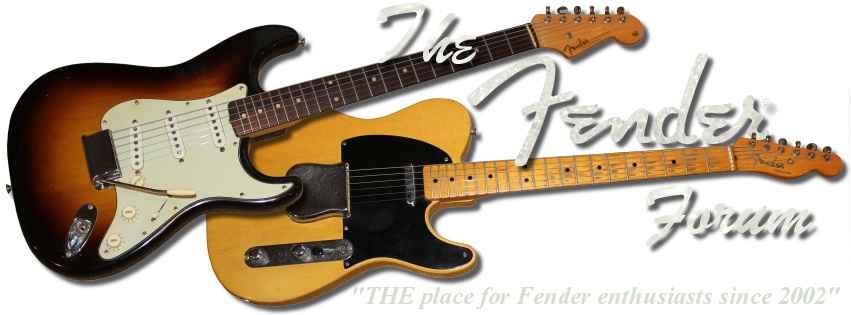As a rule, by doubling the speaker surface area (and keeping all other factors the same, such as load impedance, making sure that the speakers are in phase, etc.), you will gain 3dB of acoustic output. This is the equivalent of doubling your amplifier power driving the load.;\
At relatively low frequencies, a 6-dB increase occurs when the cones exhibit "mutual coupling." Mutual coupling occurs at frequencies whose wavelengths are longer than 1/4 of the center-to-center distance between the cones. The highest frequency at which mutual coupling occurs may be calculated using the equation:
f = 3000/dMax
where dMax is the distance between the cones, and f is the highest frequency in Hz at which mutual coupling occurs.
This effect is most pronounced with bass arrays, but it does explain why a 8x12 stack sounds alot bassier than a 2x12 combo. For most guitar applications, mutual coupling isn't as signifcant as it is for a bass, as most of the guitar's range falls above the value of f.
Practically speaking, doubling your speaker count (and keeping everything else equal) will get you +3dB every time that you do it. This means that replacing your 7-watt amp's 1x12 cabinet with a 2x12 will give you the +3dB sound of a 14-watt amp. Replacing the 1x12 with a 4x12 will give you +6dB, equivalent to a 28-watt amp. Replacing the 1x12 with a full 8x12 stack will give you +12dB, or the equivalent of a 56-watt amp driving a 12-inch speaker.
One variable that confuses the issue, though, is that by replacing a 1x12 with 2 4x12 cabs, each speaker is handling less of the amps voltage output. This means that speaker breakup occurs later, and you get an overall cleaner tone out of the speakers, which lets you drive the amp a little harder still.
Unfortunately, the solution to the problem isn't as simple as the speaker and acoustic output doubling equations described above. Getting THE TONE is a combination of making the amp work hard AND the speakers work hard, so that each one is doing its share of the work.
Taking a little amp like a Champ and making it drive a full stack can certainly get you some good sounsd, but in that scenario you'll be hearing more of the amp and less of the speakers. The speakers certainly won't be breaking up as much as they would if there were less of them handling the load.
How you make the combination work for you all depends on which part of the signal chain you really want to hear!
The moral of the story is that there is no simple, easy solution to GAS. You still may have to arm yourself with an array of different heads and cabinets to be truly happy!
HTH!
Regarding mutual coupling, it is a fact that this phenomenon occurs at the frequency limits described; if the drivers are operating in phase, the only significant variable is the center-to-center distance between the cones. For 12-inch speakers with a center-to-center distance of about 14-inches, this phenomenon will provide an additional 6dB below about 200 Hz.
Mutual coupling is a real phenomenon. Its exactly the reason that guys like David Eden are putting 4 10-inch speakers in a cabinet to provide better bass response than a 1x15. If it works for a 4x10 cabinet, it will work for a 4x12. Mutual coupling is exactly how those crazy metal deaf guys in Manowar got into the Guinness Book of World Records for playing a concert at 129.5 dB.




 Reply With Quote
Reply With Quote





